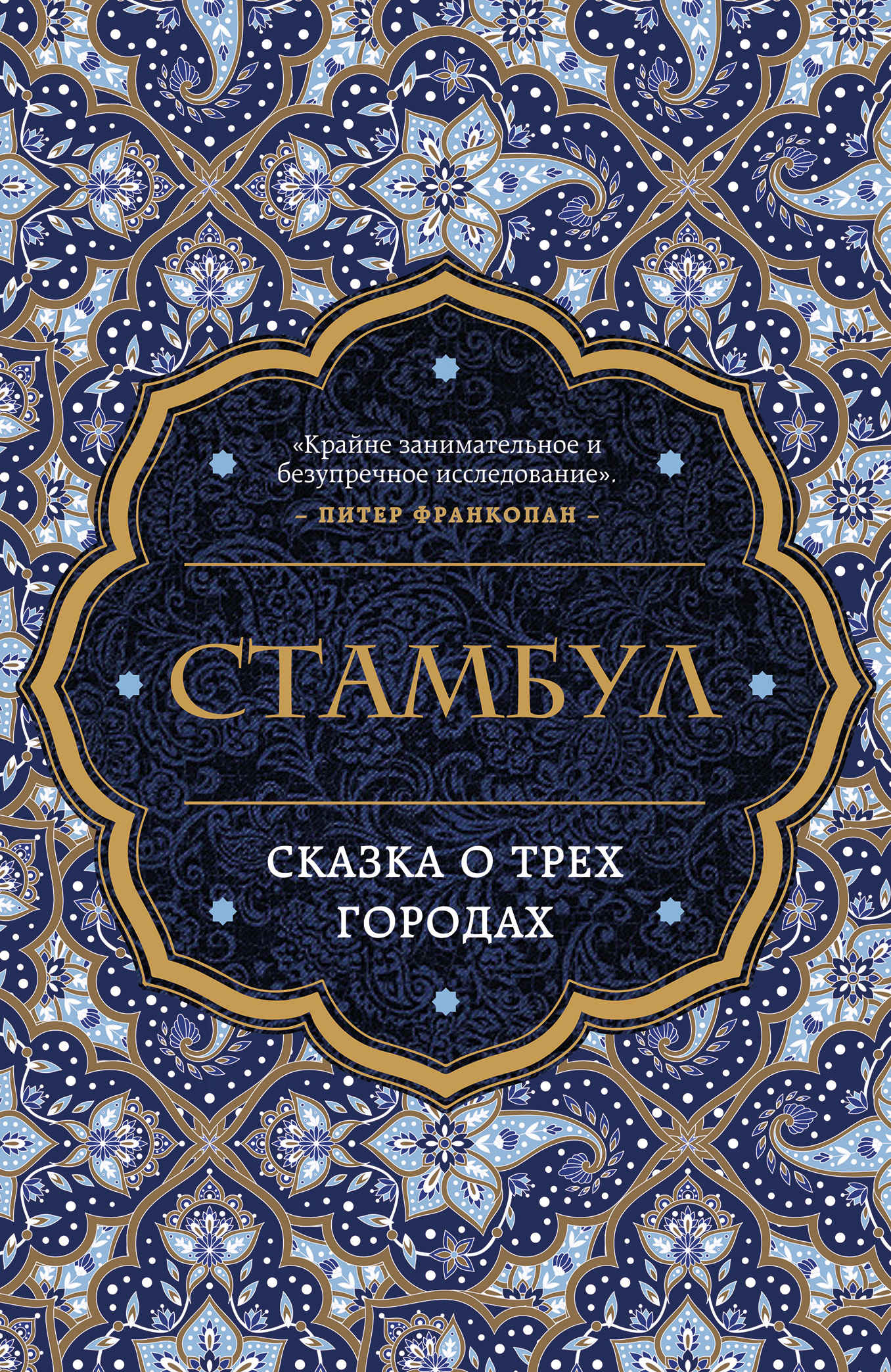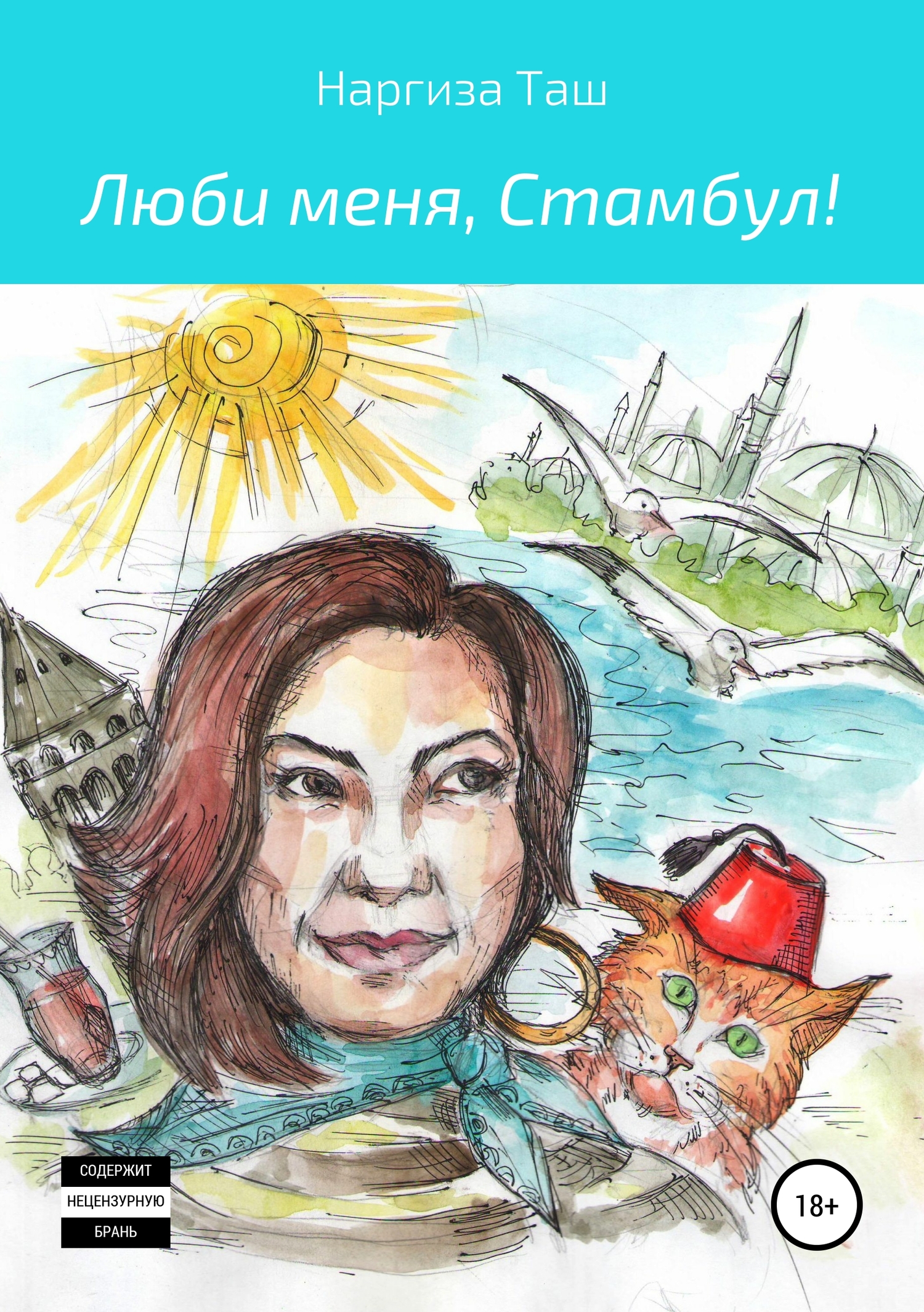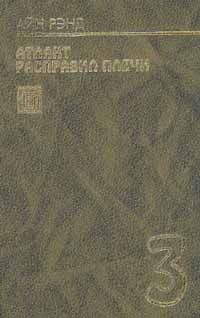Fry, M. G. et al. (eds) (2002) ‘The Eastern Question, 1814–1923’, in Guide to International Relations and Diplomacy. London: Continuum, 130–147.
Fryde, E. (2000) The Early Palaeologan Renaissance. Leiden: Brill.
Fulcher of Chartres, F. R. Ryan, trans. (1973) A History of the Expedition to Jerusalem, 1095–1127. NY: W. W. Norton and Company, 79.
Funu, S. (1902) Tevcihat ve Havadis Kismi, no. 577, 6 Sefer 1320: 34.
Ganchou, T. (2010) ‘L’Ultime Testament de Géôrgios Goudélès, homme d’affaires, mésazôn de Jean V et ktètôr (Constantinople, 4 mars 1421)’, in Mélanges Cécile Morrisson. Travaux et Mémoires 16. Paris. 277–359.
Garipzanov, I. and Tolochko, O. (2011) Early Christianity on the Way from the Varangians to the Greeks. Kiev: Institute of Ukrainian History.
Garland, L. (1999) Byzantine Empresses: Women and Power in Byzantium AD 527–1204. London: Routledge.
Garland, L. (ed.) (2006) Byzantine Women: Varieties of Experience AD 800–1200. Aldershot: Ashgate.
Geake, H. (1999) ‘Invisible Kingdoms: The Use of Grave-Goods in Seventh-Century England’, in T. Dickinson and D. Griffiths (eds) The Making of Kingdoms. Anglo-Saxon Studies in Archaeology and History 10. Oxford: Oxford University School of Archaeology, 203–15.
Georgacas, D. J. (1947) ‘The Names of Constantinople’, Transactions and Proceedings of the American Philological Association 78: 347–367.
George, A. (2009) ‘Calligraphy, Colour and Light in the Blue Qur’an’ Journal of Qur’anic Studies 11.1: 75–125.
George, D. (2001a) ‘Manuel I Komnenos and Michael Glykas: A Twelfth- Century Defence and Refutation of Astrology’, Culture and Cosmos: A Journal of the History of Astrology and Cultural Astronomy 5.1: 3–48.
George, D. (2001b) ‘Manuel I Komnenos and Michael Glykas: A Twelfth- Century Defence and Refutation of Astrology’, Culture and Cosmos: A Journal of the History of Astrology and Cultural Astronomy 5.2: 23–51.
Georgiou, A. (2012) ‘The Cult of Flavia Iulia Helena in Byzantium. An Analysis of Authority and Perception through the Study of Textual and Visual Sources from the Fourth to the Fifteenth Century’. Doctoral thesis, University of Birmingham.
Georgiou, A. (2013) ‘Helena: The Subversive Persona of an Ideal Christian Empress in Early Byzantium’, Journal of Early Christian Studies 21.4: 597–624.
Georgopoulou, M. (1995) ‘Late Medieval Crete and Venice: An Appropriation of Byzantine Heritage’, Art Bulletin 77.3: 479–496.
Georgopoulou, M. (2004) ‘The Artistic World of the Crusaders and Oriental Christians in the Twelfth and Thirteenth Centuries’, Gesta 43.2: 115–128.
Gerelyes, I. (2005) Turkish Flowers: Studies on Ottoman Art in Hungary. Budapest: Hungarian National Museum.
Gero, S. (1973) Byzantine Iconoclasm during the Reign of Leo III, with Particular Attention to the Oriental Sources. Louvain: Secrétariat du Corpus SCO.
Gerstel, S. E. J. (1998) ‘Painted Sources for Female Piety in Medieval Byzantium’, Dumbarton Oaks Papers 52: 89–111.
Gerstel, S. E. J. (2015) Rural Lives and Landscapes in Late Byzantium: Art, Archaeology, and Ethnography. Cambridge: Cambridge University Press.
Gibb, A. R. (1958) ‘Arab – Byzantine Relations under the Umayyad Caliphate’, Dumbarton Oaks Papers 12: 219, 221–233.
Gibb, E. J. W. (trans. and ed.) (1882) ‘Ottoman Poems’. MA: Harvard University.
Gibbon, E. (1988) The History of the Decline and Fall of the Roman Empire. Abridged A. Lentin and B. Norman. Ware, Herts: Wordsworth Editions.
Gilbert, M. (2004), ‘Churchill and Gallipoli’ in MacLeod, J. (ed.) Gallipolli: Making History. London: Frank Cass.
Gilles, P. (1729) The Antiquities of Constantinople, trans. and ed. J. Ball. London.
Gilles, P., Musto, R. G. (ed.) (1988) The Antiquities of Constantinople, trans. J. Ball. New York: Italica Press.
Gillespie, A. (2011) A History of the Laws of War, vol. 2: The Customs and Laws of War with Regards to Civilians in Times of Conflict. Oxford and Portland, OR: Hart Publishing.
Gilman, I. and Klimkeit, H.-J. (1999) Christians in Asia before 1500. Richmond: Curzon Press.
Goffart, W. (1981) ‘Rome, Constantinople, and the Barbarians’, American Historical Review 86.2: 275–306.
Gold, B. K. (2013) ‘Gender Fluidity and Closure in Perpetua’s Prison Diary’ in J. Hallett, D. Lateiner, B. Gold and J. Perkins (eds.), Roman Literature, Gender and Reception. London: Routledge.
Goldsworthy, A. (2009) The Fall of the West: The Death of the Roman Superpower. London: Weidenfeld & Nicolson.
Goodwin, G. (2006) The Janissaries. London: Saqi Publishing.
Goodwin, J. (1999) Lord of the Horizons: A History of the Ottoman Empire. New York: Vintage Publishing.
Gordon, S. (with contributions from El Hage, B. and Nasini, A.) (2013) Cairo to Constantinople: Francis Bedford’s Photographs of the Middle East. London: Royal Collection Trust.
Grabar, O. (1973, 1987) The Formation of Islamic Art. New Haven and London: Yale University Press.
Gracanin, H. (2003) ‘The Western Roman Embassy to the Court of Attila in AD 449’, Byzantinoslavica 61: 53–74.
Grafton, A., Most, G. and Settis, S. (eds) (2010) The Classical Tradition. Cambridge, MA and London: Harvard University Press.
Grave, P. et al. (2013) ‘Cultural Dynamics and Ceramic Resource Use at Late Bronze Age/Early Iron Age Troy, North-western Turkey’, Journal of Archaeological Science 40.4: 1760–1777.
Graves, R. (1955) The Greek Myths. London: Penguin.
Graziosi, B. (2013) The Gods of Olympus: A History. London: Profile Books.
Greatrex, G. (1997) ‘The Nika Riot: A Reappraisal’, Journal of Hellenic Studies 117: 60–86.
Green, M. H. (ed.) (2014) The Medieval Globe, vol. 1: Pandemic Disease in the Medieval World: Rethinking the Black Death. Michigan: Arc Medieval Press.
Greene, M. (2015) The Edinburgh History of the Greeks, 1453 to 1768: The Ottoman Empire. Edinburgh: Edinburgh University





